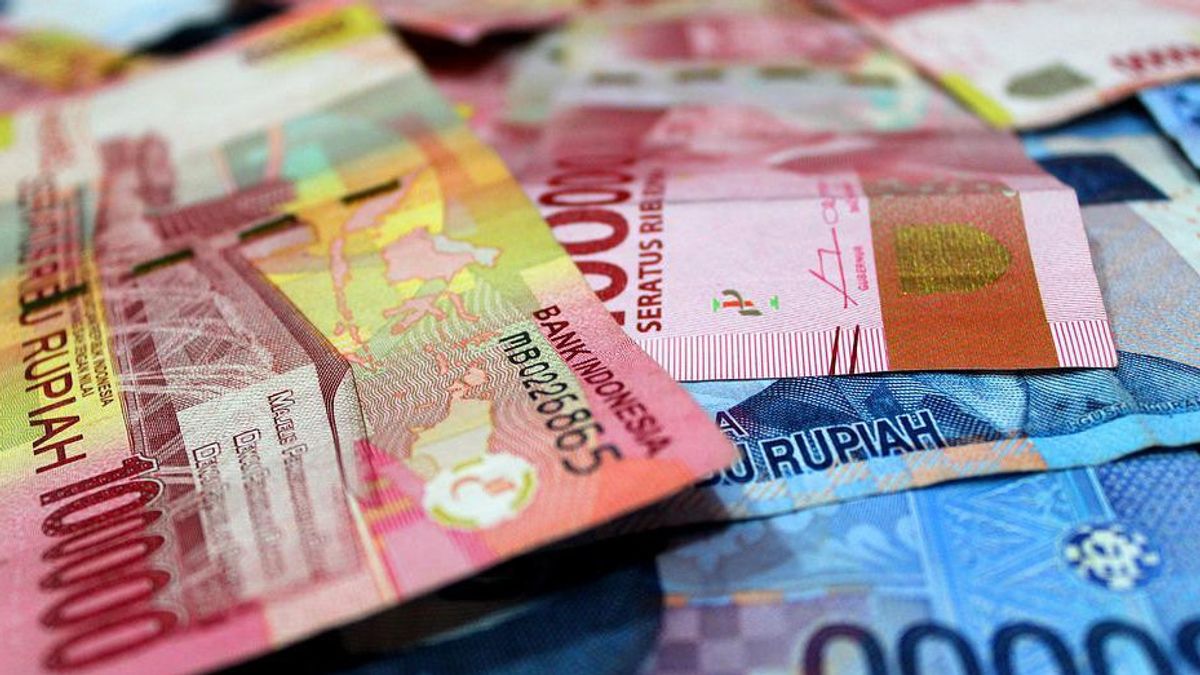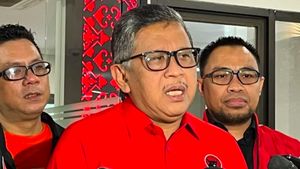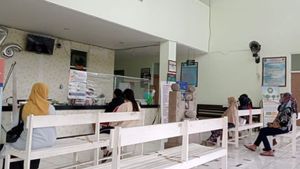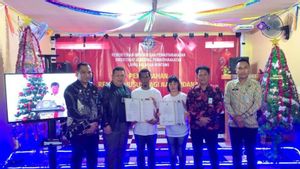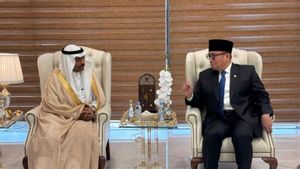YOGYAKARTA - Money is an object that is intended as a medium of exchange or payment of goods and services. Although often used in buying and selling transactions, many people do not yet know the history of paper money in Indonesia.
History of Paper Money in the country
Quoted from the official website of the Ministry of Finance, Thursday, August 18, 2022, the first currency printed by the Indonesian government was Oeang Republik Indonesia (ORI).
ORI is first in effect on October 30, 1946. However, if we look at the first ORI sheet, the written emissions are dated October 17, 1945. This shows the many obstacles during the manufacturing, printing, and circulation process of Oeang Republik Indonesia.
The first time it was printed, ORI could not be directly distributed throughout Indonesia. The reason is, at that time there were many disturbances from the Netherlands who tried to return to power by occupying parts of Indonesia. In fact, NICA (Netherlands Indies Civil Administration/Dutch Indies Civil Service) issued the NICA currency on March 6, 1946, as a counter to ORI. This condition adds to inflation and violates Indonesian sovereignty.
Before ORI was printed, Indonesia actually already had four currencies. However, the four currencies are not native to Indonesia.
The first currency is the remainder of the Dutch colonial era known as De Javasche Bank bank paper money. Second, namely paper money and metal coin of the Dutch Hinda government with gulden units.
Third, paper money during the Japanese occupation. This money was printed in Indonesian, namely Dai Nippon emoso 1943 with a value of IDR100.
Fourth, Dai Nippon Teikoku Seibu, 1943 emissions with a picture of Wayang Orang Satria Gatot Kaca worth IDR10 and paper money with an image of the Minang Gadang House worth IDR5.
After Indonesia's independence period, the 2nd Indonesian Minister of Finance, AA Maramis, has a plan to issue Oeang Republik Indonesia. To make it happen, Maramis formed a committee for printing Indonesian paper money on November 7, 1945.
It took one year to prepare for the issuance of ORI. The design and main ingredients for making ORI were provided by the printing of the Jakarta Library Hall. The first ORI painters were Abdulsalam and Soerono.
ORI was first printed in Indonesian printing, Salemba, Jakarta. In January 1946, Oeang Republik Indonesia was printed daily from 07.00 WIB to 21.00 WIB, as quoted from CNN Indonesia.
However, in May 1946, the printing of ORI had to be stopped and moved to areas such as Yogyakarta, Surakarta, Malang, and Ponorogo due to the security situation.
As a result, the signature listed on the ORI that first circulated belonged to AA Maramis. Even though since November 1945, Maramis has not occupied the post of the Ministry of Finance.
When the preparation was ready, Minister of Finance of the Republic Indonesia at that time, Sjafruddin Prawiranegara, issued Regulation of Ministry of Finance, on October 29, 1946, regarding legal application of ORI starting from October 30, 1946, at 00.00 WIB.
The day before ORI was launched or on October 29, 1946, Indonesian Vice President Mohammad Hatta gave a speech that ignited the spirit of national sovereignty through the Indonesian Republic of Indonesia Radio (RRI) Yogyakarta.
"The next day, October 30, 1946 is a day that contains history for our homeland. Our people face a new life. Tomorrow Oeang will be circulating in the Republic of Indonesia as the only legal tender," said Hatta.
With the enactment of ORI, the previous currency, the Japanese Javasche Bank automatically does not apply.
In the future, the government will make October 30 as Oeang Republik Indonesia Day and be commemorated every year.
That is the history of the paper money of the Republic of Indonesia. The issuance of money is a form of Indonesia's struggle for independence in the economic field.
The English, Chinese, Japanese, Arabic, and French versions are automatically generated by the AI. So there may still be inaccuracies in translating, please always see Indonesian as our main language. (system supported by DigitalSiber.id)
